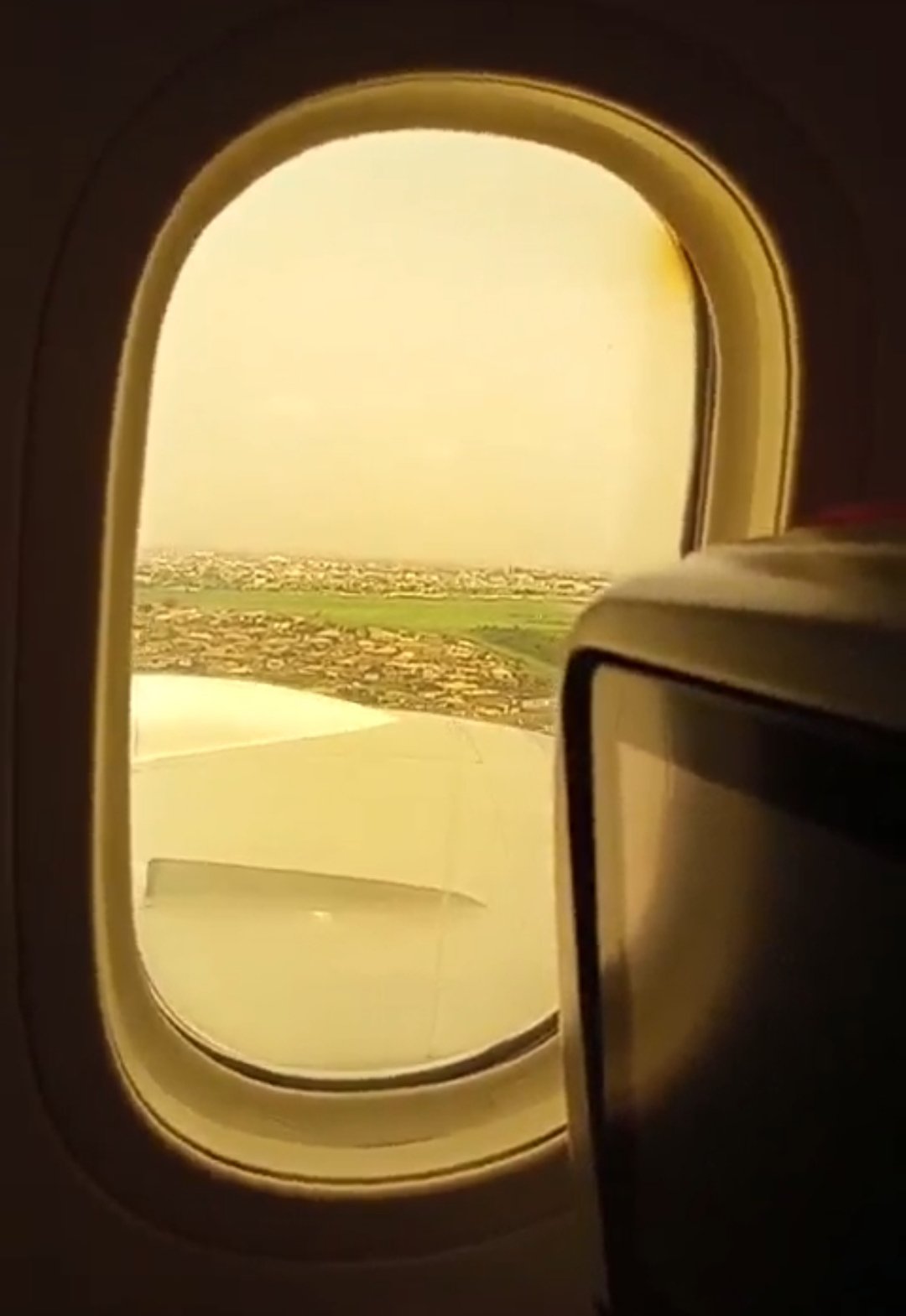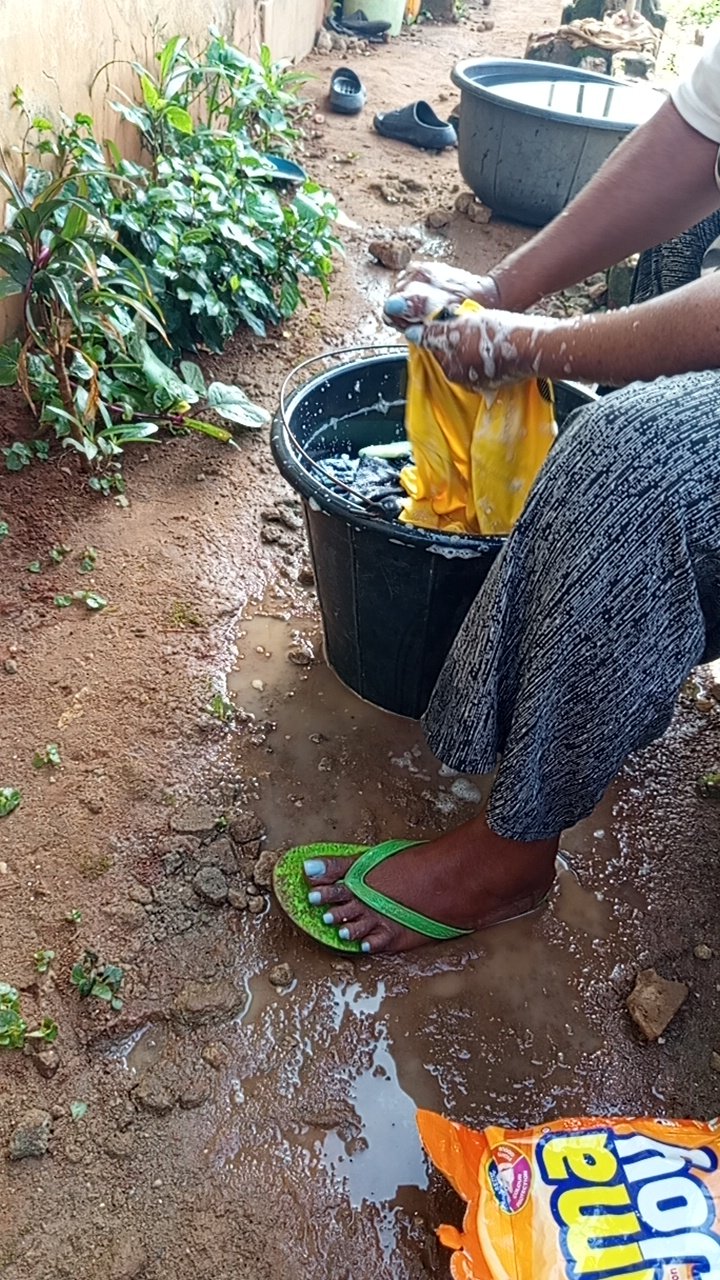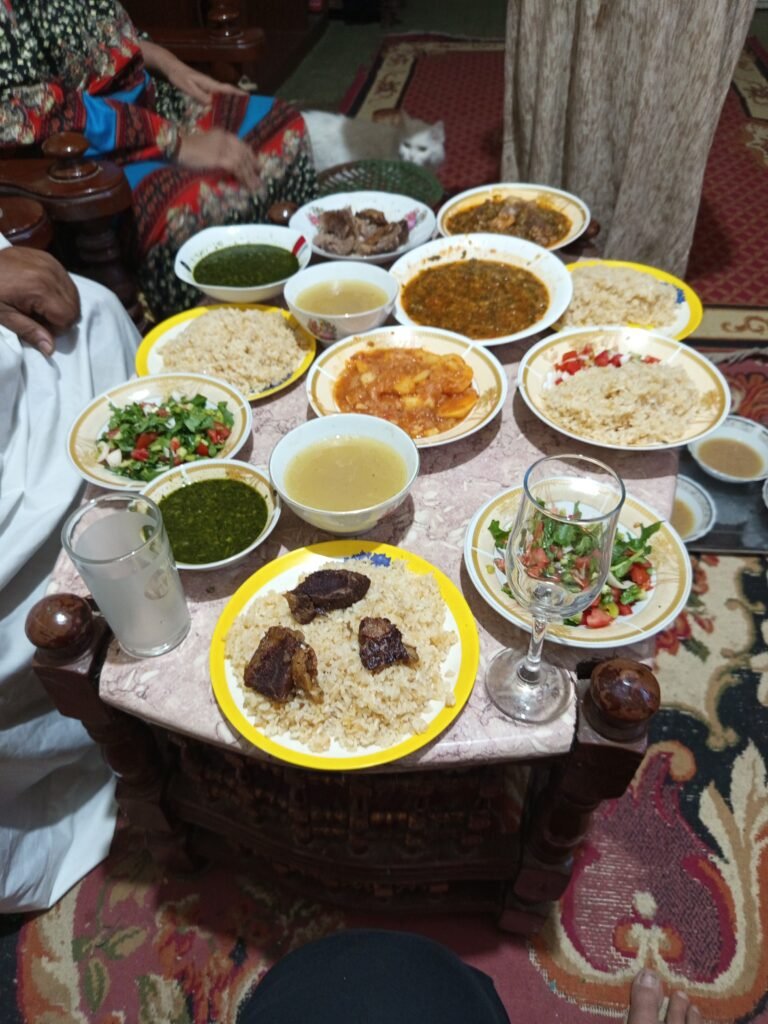Experiencing Lagos: My Personal Impressions from the Neighborhoods of the Megacity
Lagos – hardly any other city in Africa represents contrasts, diversity, and growth as much as this one. With over 20 million inhabitants, Lagos is Nigeria’s largest city and one of the fastest-growing metropolises in the world. People from all over Nigeria and West Africa are drawn here – in search of work, opportunities, or simply a better life.
This makes Lagos a place where wealth and poverty, tradition and modernity, everyday life and luxury meet in a very small space. Experiencing Lagos means seeing sides that could hardly be more different in a short time.
I myself have spent several months in different neighborhoods, mostly not as a classic tourist but in everyday life: running errands, living with people, doing small daily tasks. My impressions are therefore subjective and very roughly summarized – because if I were to describe every detail, it would lead to endless length. Lagos is so diverse that one can really experience everything here.
👋 Thanks for being here!
This blog shows what others often leave out – honest, raw, from a different angle. If you value these unusual perspectives, your support helps me keep writing. Whether it’s once or regularly – every small gesture means a lot.
🫶 Thank you for helping voices like mine be heard.
Why Lagos is Growing
The city is growing rapidly because it is an economic hub. Lagos is Nigeria’s commercial and financial metropolis, home to banks, ports, markets, and major companies. Its proximity to the Atlantic, the port in Apapa, and its role as a gateway to the world make Lagos particularly attractive.
Many young people move here from rural regions – hoping for better job opportunities. This leads to Lagos being a place full of opportunities and success stories, but also neighborhoods where life is very tough.
Prices, Income, and Everyday Life
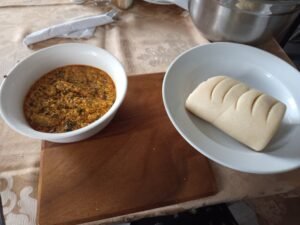
A chapter of its own – in Lagos, prices and income vary extremely. In some areas, a street meal costs less than one euro, while in Victoria Island, international restaurants charge prices similar to Europe.
There are guidelines one can follow, but much remains difficult to explain. Incomes vary widely, and the living reality differs enormously from neighborhood to neighborhood. For visitors, this can be overwhelming at first because it’s hard to know what “normal” is.
My impression: The best way is to trust your own instincts and learn step by step how things work.
Impressions from Lagos Neighborhoods
Surulere – the Heart of the Mainland
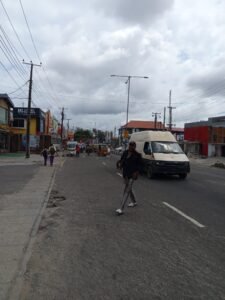
Surulere is densely populated, full of markets, street life, and culture. People from all walks of life come together here, and even international visitors live in parts of the area.
My perception:
Bustling, friendly, full of life. Those who are open quickly get into conversations.
For interested visitors (sights):
- National Stadium Lagos
- Adeniran Ogunsanya Shopping Mall
Ikeja – Capital of Lagos State

Ikeja is not only a district but also the capital of Lagos State. Here you find the international airport, and it’s a hub for business travelers.
My perception:
Busy, modern, full of traffic. At the same time, in side streets, you can find quiet residential areas.
For interested visitors (sights):
- Ikeja City Mall
- Kalakuta Museum (House of Fela Kuti)
Ajegunle – notorious and creative
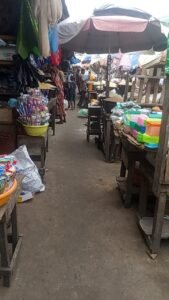
Ajegunle is considered one of Lagos’ most well-known “ghettos.” At the same time, it is the home of many musicians and footballers.
My perception:
Narrow streets, little infrastructure, but an enormous energy. Many people are warm and open. There are also areas that are improving.
For interested visitors (sights):
- Boundary Market – a central and very lively market
Festac Town – planned neighborhood with international flair
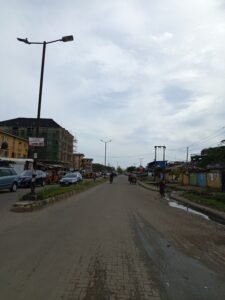
Festac was created for the Festival of Arts and Culture (FESTAC ’77). Wide streets, blocks, and a structured layout make it different from many other neighborhoods.
My perception:
Calmer and more orderly, with some foreigners living here. Less chaotic than Ajegunle or Oshodi.
For interested visitors:
- FESTAC Housing Estate
- Music bars and cultural events
Makoko – the Floating Village
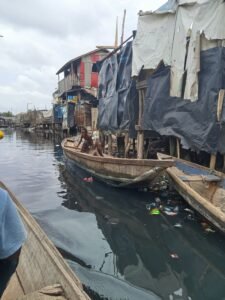
Makoko is famous for its stilt houses on the lagoon.
My perception:
Very impressive – poverty, but also a strong community. Many live from fishing.
For interested visitors:
- Boat tours with a guide
- Insights into life on the water
Apapa – Port and International Presence
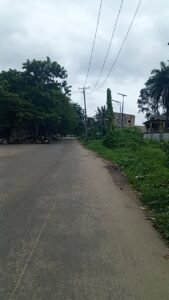
Apapa is home to Nigeria’s largest port.
My perception:
Very international, many foreigners work here. At the same time, the area struggles with traffic issues and politically induced tensions.
For interested visitors:
- View of the port from outside
- Local bars with water views
Isolo, Ilasa Maja & Mosafejo near Badagry
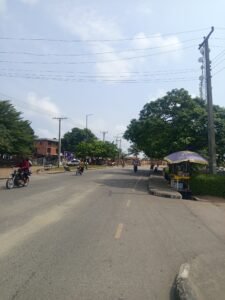
Typical everyday neighborhoods, not geared toward tourism.
My perception:
A lot of street life, markets, sometimes long power outages.
For interested visitors:
- Authentic markets
- Proximity to Badagry
Badagry – History and Beaches
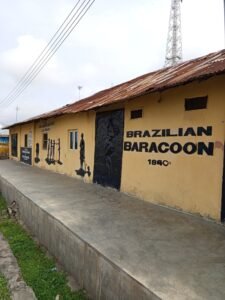
Badagry is historically significant because of the transatlantic slave trade.
My perception:
Quieter, historically shaped, impressive.
For interested visitors:
- Badagry Heritage Museum
- Point of No Return
- Atlantic beaches
Ikorodu – rural at the city’s edge
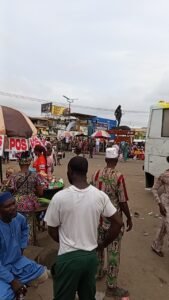
On the outskirts of Lagos, calmer than the city center.
My perception:
Simpler, less international, strongly affected by power outages.
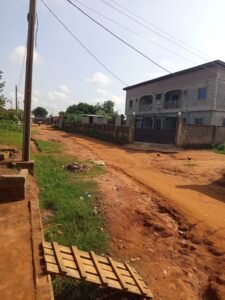
For interested visitors:
- Ikorodu Waterfront
Ojodu Berger & Oshodi – Transport Hubs
Known for bus terminals and trade.
My perception:
Loud, hectic, sometimes chaotic – but fascinating, as you can feel how Lagos functions.
For interested visitors:
- Oshodi Market
- Observing the bus terminal
Lekki & Victoria Island – the Other Lagos

Modern, expensive, with many restaurants, clubs, and beaches.
My perception:
Very different from the Mainland, but the coexistence of wealth and poverty is visible.
For interested visitors:
- Lekki Conservation Centre
- Victoria Island beaches and art galleries
Final Thoughts: Diversity, Safety, and Trust
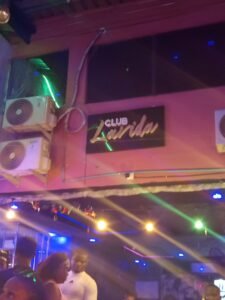
Lagos is not easy to explain. It is a city where you can experience everything: luxury and poverty, hope and disappointment, noise and calm. For me, it was a school of life – at first, you see extremes, then you learn to look closer and recognize the many nuances.
Most importantly, in Lagos you need to trust yourself. Safety depends a lot on the neighborhood, the time of day, and your own awareness. There are areas that are comparatively safe, and others where caution is necessary.
My conclusion: Lagos is exhausting, diverse, and fascinating at the same time. Those who embrace it will experience a city that cannot be pressed into one single picture – and that is exactly its strength.
